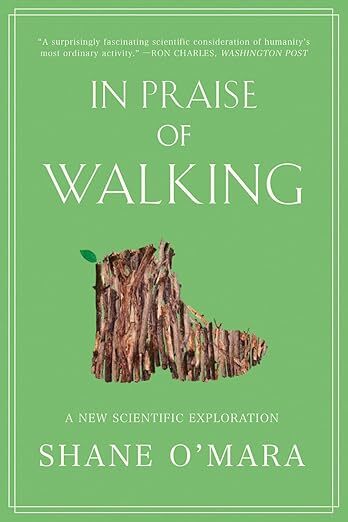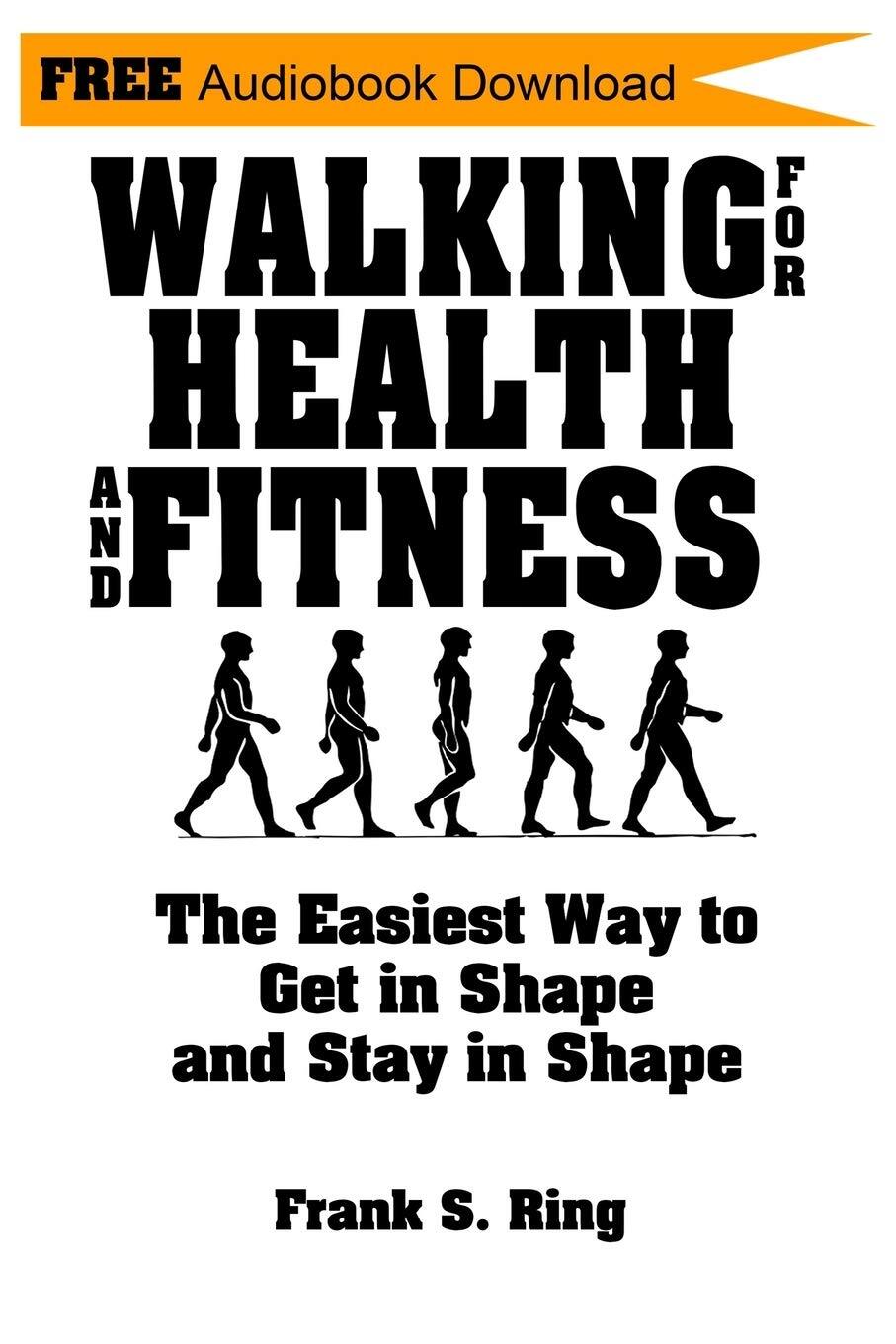Walking
Boost Your Physical and Mental Well-Being by Walking

Introduction
The human body is designed to walk. Did you know the average person walks 65,000 miles in their lifetime? That’s the same as walking around the Earth three times. Walking is a simple, accessible, and powerful activity that promotes physical fitness, mental clarity, and emotional well-being. As a low-impact exercise, walking can be adapted to any fitness level, making it ideal for improving cardiovascular health, reducing stress, and enhancing overall quality of life.
What You Need To Know
How To Do It
Instructions:
- Choose a Good Location
Find a comfortable, safe place to walk, such as a sidewalk, park, or trail. - Wear Proper Shoes
Footwear is important. Remember, this is where the rubber hits the road. - Dress Appropriately
Weather can vary a lot. When it’s warm dress to stay cool. When it’s cold think about layering your clothes to match the conditions. - Stretch & Limber Up
Before you start, do some light stretching and limbering exercises. - Take a Couple of Deep Breathes
Breathe deeply through your nose, letting your abdomen expand. Exhale through your mouth. - Be in the PresentSense the world around you. Breathe in the day. Center yourself to the present moment. Acknowledge your existence and place. You’re a living human being on this beautiful earth.
- Begin with a Purpose
Begin your walk with a goal in mind. Walk with the purpose of achieving your goal. - Maintain Proper Form
Keep your posture upright, shoulders relaxed, and arms swinging naturally. You can glance down to see where your walking but generally try to keep your head up. - Progress Through Your Walk
Walk for 10-60 minutes, adjusting duration and intensity based on your fitness level. For beginners, start with shorter walks (10-15 minutes). If necessary because of surgery or treatment, you may need to start by just walking around the block; but gradually try to increase your time and distance. For variety, think about trying different routes or different times of day. - Cool Down and Reflect
End with a 3-5 minute slow walk or quick stretch. Cool down. Stretch your calves, thighs, and hamstrings. Take a moment to notice how your body and mind feel after the walk.
Helpful Tips:
- Choose safe routes. Stick to well-lit, populated areas or trails.
- Breathe mindfully. Sync your breathing with your steps for relaxation.
- Avoid overexertion. Walk at a pace that feels challenging but comfortable.
- Use music or podcasts. Audio can make walks more enjoyable, but stay aware of your surroundings.
- Incorporate daily. Walk during breaks, commutes, or before bed for consistency.
- Track progress. Use a pedometer or app to monitor steps and distance.
- Combine with mindfulness. Focus on your surroundings to enhance mental benefits.
- Be consistent. Regular walking builds benefits over time; aim for 5-7 days a week.
Related Topics:
Strongly Related
Reduce Stress:
[Links to related web pages]
[Links to related web pages]
[Links to related web pages][Links to related web pages]
Moderately Related
Issue B:
[Links to related web pages]
[Links to related web pages]












